Apps Home

Clone Phone - Phone Switch
Evolving Technologies and the Need for Fast Mobile Data Transfer
The rapid evolution of mobile technology has made the fast transfer of data an essential function for device users worldwide. With every new smartphone iteration, cameras capture higher resolution images, applications become more interconnected, and multimedia consumption reaches new heights. In this digital era where a single movie can take up gigabytes of space and high-definition games require significant storage, having an efficient way to transfer data between devices becomes indispensable. Tools like the Fast Mobile Data Transfer Tool facilitate this need, allowing users to transfer large amounts of data with minimal hassle. Imagine moving to a new phone without the worry of manually transferring every single photo, contact, or app setting. This capability is increasingly vital as cloud storage can be expensive and sometimes dependent on internet connection. Fast mobile data transfer tools use local protocols that bypass these issues, offering a more streamlined and rapid transition. They employ methods such as Wi-Fi Direct or personal hotspots that eliminate the sluggishness associated with older methods like Bluetooth. This direct connection not only enhances speed but increases security by reducing potential interception points during the data transfer process. With the increasing cybersecurity threats, users need assurance that their personal data is not only transferred rapidly but safely. The Fast Mobile Data Transfer Tool integrates advanced encryption standards, ensuring that data shared between devices requires authorization before it's moved or accessed. With technological advancements, it no longer remains a wonder but a basic necessity to have a reliable tool for data transfer at our fingertips, capable of meeting both personal and professional demands in an interconnected world.
The Technical Architecture Behind Fast Mobile Data Transfer
A deep dive into the technical workings of fast mobile data transfer tools unveils a complex architecture designed for efficiency and performance. At its core, tools like the Fast Mobile Data Transfer Tool employ peer-to-peer networking principles which allow direct connections between devices without the need for intermediary network devices. This is achieved through technologies like local Wi-Fi hotspots or Wi-Fi Direct, which use existing wireless communication standards but optimize them for a more concentrated data transfer target. Such direct communication channels significantly cut down on data packet loss and latency, two common issues in traditional data transfer methods. Implementing protocols based on TCP/IP or modified versions of UDP (User Datagram Protocol) allows these systems to achieve higher speeds while maintaining the integrity of the packet data. The structure of these tools typically includes a client-server model running on both devices, where one acts as a server and initiates the data transfer request while the other responds as a client, ensuring a stable connection. Moreover, these transfer tools come integrated with sophisticated algorithms capable of dynamically adjusting the transfer rate based on real-time bandwidth analysis and error rate calculations. This ensures minimal interruptions and reduces the chances of transfer failure, making the tools highly reliable in different environments, from densely populated urban areas to rural locations where network signals may fluctuate. Notably, these technical designs also foster scalability, meaning that they can support file transfers of various sizes, from a few megabytes to several gigabytes, without compromising on speed or security. Such technical prowess is the result of years of development and vast improvements in mobile data transfer protocols, cementing their role in modern digital interactions.
Use Cases and Advantageous Scenarios for Mobile Data Transfers
The applications of fast mobile data transfer tools span a wide range of scenarios, reflecting their versatility and importance. For instance, users often find themselves in need of transferring data when upgrading to a new device. The Fast Mobile Data Transfer Tool offers seamless migration features, enabling users to clone their old phone's data, including apps, media, and contacts, to their new device without losing essential information. In professional settings, such tools are invaluable for sharing large files like presentations, HD video content, or bulk datasets with colleagues or clients, enhancing productivity and collaboration. These transfer tools are also essential during travel, especially for users who prefer not to rely on cloud-based services due to connectivity constraints or data roaming considerations. Peer-to-peer transfers ensure that data can be shared between devices even in areas with limited or no internet coverage. Additionally, these tools play a significant role in data backup processes where users look to create local copies of their device data for safety or archival purposes, underlining the importance of data management and disaster recovery strategies. Educational institutions benefit greatly as educators and students can share multimedia content or educational materials swiftly, enabling an interactive and dynamic learning environment. Whether it's ensuring the flow of critical information during events where connectivity may be unstable or simply maintaining personal digital continuity, fast mobile data transfer tools stand as a crucial technological solution. Their ability to cross the conventional barriers of operating systems also adds an advantage, allowing for data exchanges between Android and iOS devices and embodying the principle of true accessibility and utility in the digital age.
Security Concerns and Solutions in Mobile Data Transfer
With great power comes responsibility, and the same holds for mobile data transfer tools, as they handle potentially sensitive and private user data. Security in these data transfer processes is paramount; without robust protective measures, the convenience of fast data transfer could be overshadowed by the risk of data breaches and unauthorized access. Fast Mobile Data Transfer Tools are designed with multiple layers of security to protect user data against threats. This includes the use of end-to-end encryption which ensures that data is encoded into a secure format during transfer. Such encryption protocols are often based on standards like AES (Advanced Encryption Standard) or similar cryptographic techniques which are highly resistant to interception. Moreover, secure authentication mechanisms are deployed to verify the identity of the devices initiating the transfer. This typically involves the use of OTPs (One-Time Passwords) or QR codes that confirm device pairing. Bi-directional firewalls are also integrated within these tools to monitor and regulate incoming and outgoing traffic, blocking potential intrusion attempts. A critical aspect of ensuring security is regular updates and patches provided by developers to counter any newly discovered vulnerabilities and enhance existing protocols. Users are encouraged to download these updates promptly. Furthermore, these tools often have built-in data erasure features ensuring that once data has been successfully transferred, any temporary copies are securely wiped to prevent residual data recovery. This combination of advanced security measures assures users that their data’s confidentiality and integrity are preserved throughout the transfer process, aligning with the increasing global demand for digital privacy and security assurance in all aspects of technology use.
Future Prospects and Continuous Innovations in Data Transfer Technologies
As technology continues to advance at an unprecedented pace, the future of mobile data transfer promises even more revolutionary changes. The Fast Mobile Data Transfer Tool is poised to evolve, incorporating cutting-edge technologies like 5G and beyond to further enhance its speed and capabilities. The advent of 5G technology is expected to bring a significant leap in wireless communication, offering ultra-fast data transfer rates, reduced latency, and improved network reliability, directly benefiting tools designed for mobile data exchange. As these next-generation networks become commonplace, applications leveraging their strengths will likely integrate more complex data types, including those associated with artificial intelligence or virtual reality, which necessitate robust transfer infrastructures. Future iterations of data transfer tools may incorporate machine learning algorithms to optimize transfer paths dynamically, further increasing efficiency by learning from previous transfers. Moreover, the growing interest and development in blockchain technology may pave the way for even more secure data transfer solutions, leveraging decentralized systems for data exchange to eliminate single points of failure and enhance data protection. Tools will likely evolve to be more intuitive, integrating with an increasing array of IoT devices and supporting smart home networks where data sharing between devices is essential. In addition, as mobile device technology shifts towards more sustainable and environmentally-conscious designs, mobile data transfer tools will similarly adapt, optimizing power consumption during transfers to extend device battery life and efficiency. The demand for increasingly facile, cross-platform, and secure methods of data exchange will continue to drive innovations in mobile data transfer technologies, marking a future where moving data becomes an effortless aspect of everyday life, as expected by users worldwide. Regardless of the upcoming technological advancements, the fundamental requirement for transferring data easily and securely between devices remains essential, offering a glimpse of an interconnected future where barriers to information exchange are gradually dissolved.
Share Your Opinion
Your Email Will Not Be Published.
All Rights Reserved © Apps Home 2025
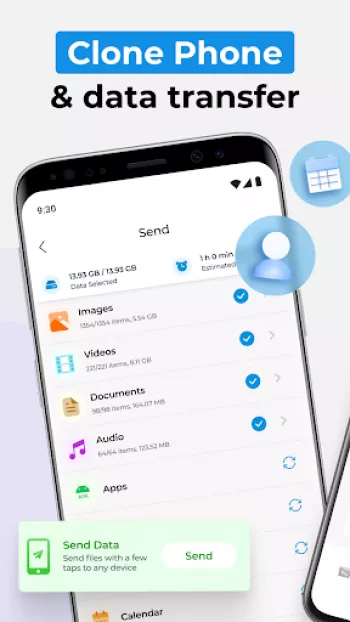
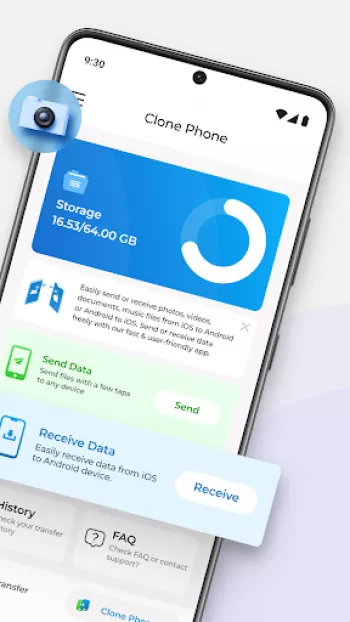
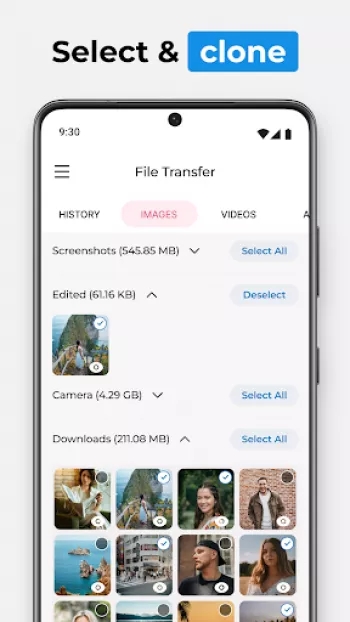
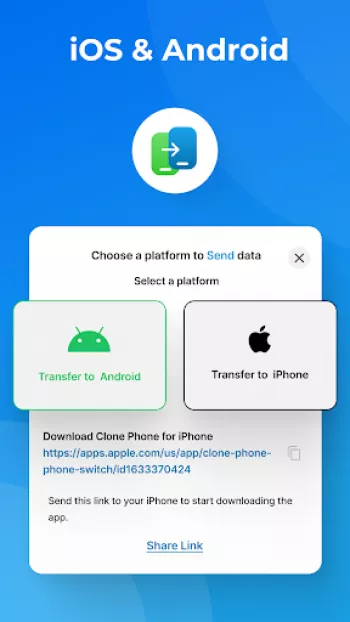
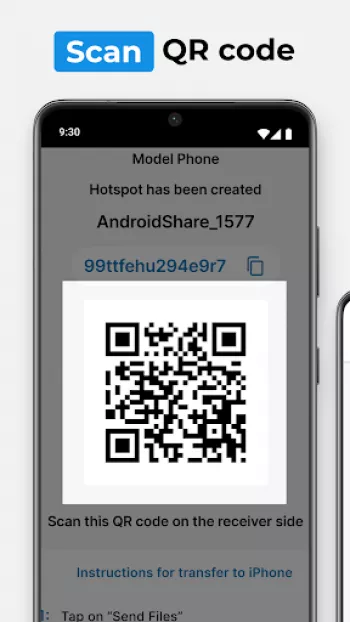
























Drew Lizaught
very convenient, especially when I'm trying to use more than one login on the same app, not only does it save me a lot of time, but I don't get any...
Stacey Rich
First time my new phone was not Samsung. So I could not use Smart Switch. For whatever reason. Google backup worked but "restore" was not. Also I a...
Theo Phato
Hi I've been trying to contact the App Developers with no success. I downloaded the app on the 29th of July and selected the 3 day free trial optio...
Vince Reynald Tupaz
I was not able to send files. I pay the monthly subscription but not able to avail the service. It always say unable to connect. I already tapped c...
Christian Maningo
This app is ridiculous. I don't know about this app and it automatically deduct to my gcash account. 2 times on the record which I lately knew 1st ...